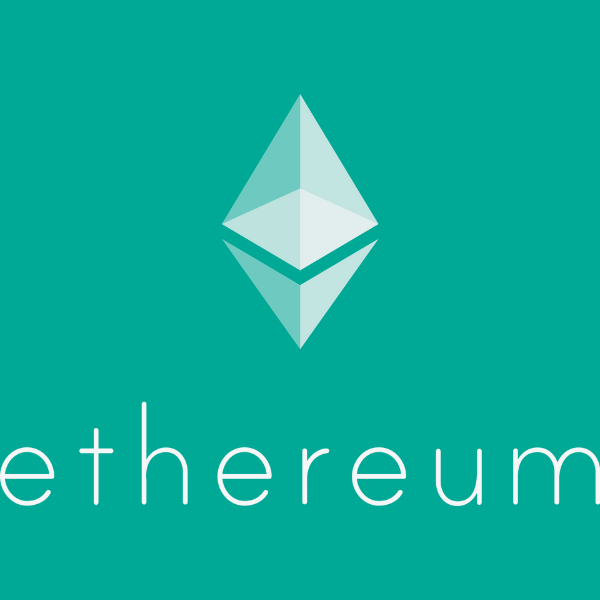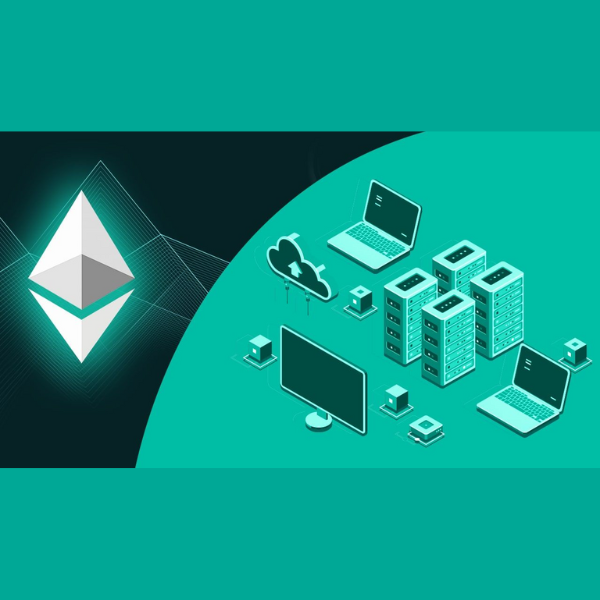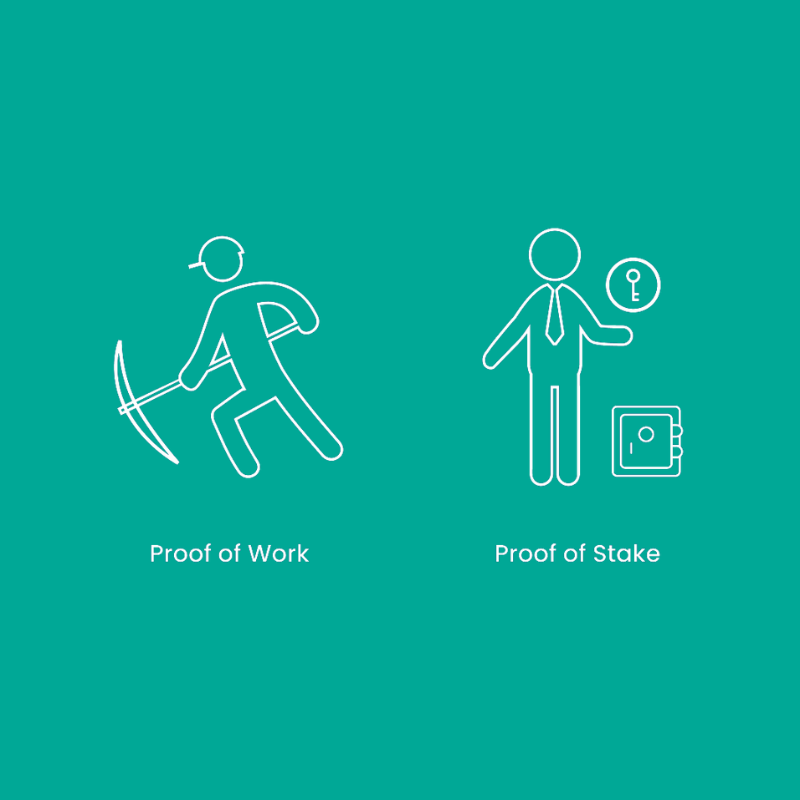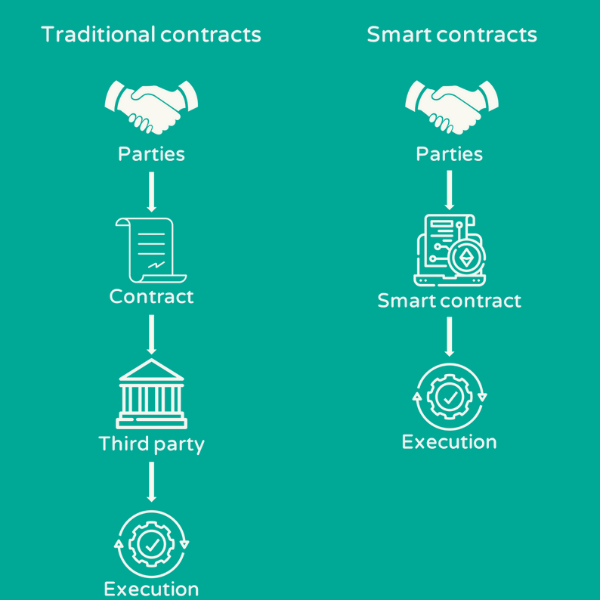What is Ethereum?
Compared to Bitcoin, which is largely a payment network, Ethereum can be seen more as an internet of decentralized applications. Ethereum and its cryptocurrency ether (ETH) is the largest blockchain and cryptocurrency in the NFT space. Here we provide an insight into what Ethereum is and how the blockchain works.








